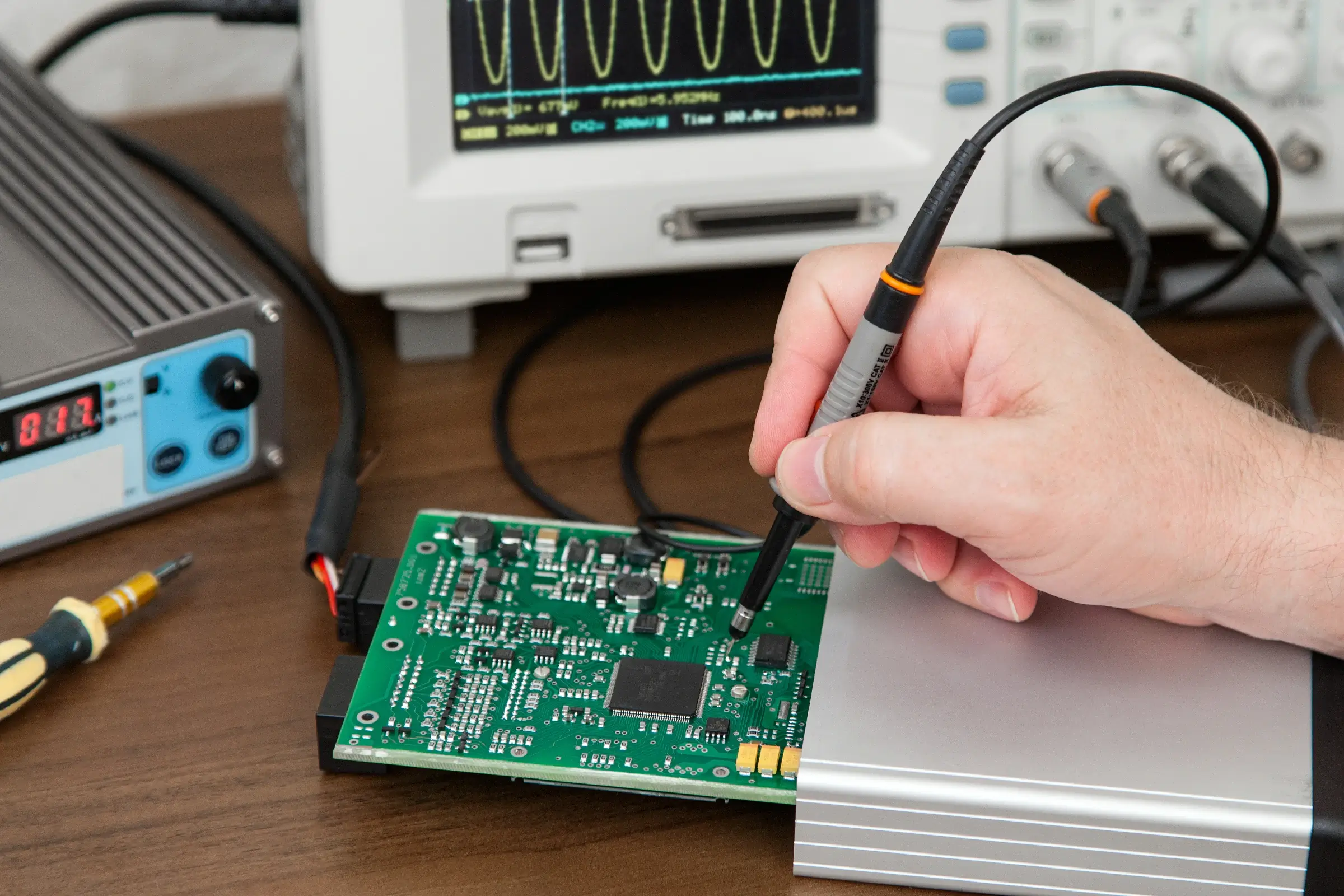On a Printed Circuit Board Assembly (PCBA), it's like a cityscape, filled with various components. But let's be real, sometimes identifying these components can feel like cracking a secret code. With the evolution of integrated circuits, chip packaging comes in more flavors than ice cream. There's a whole mix of materials and connection methods. So, let's break it down like a good story. Imagine these chips are like houses, and their packaging is the way these houses are built. There are different 'hoods these chips roll with:
BGA - The Ball Grid Array
Think of a BGA as the cool kids in town. Their pins, or legs, are arranged in a grid of tiny balls underneath, like a neat pattern on a quilt. This type is all about being smooth, with larger pin spacing, great heat performance, and top-notch signal transfer. They're the high-speed, high-performance gang of chips.
- PBGA: Picture this like a multi-layered organic material board. Think Intel CPUs like Pentium II, III, or IV.
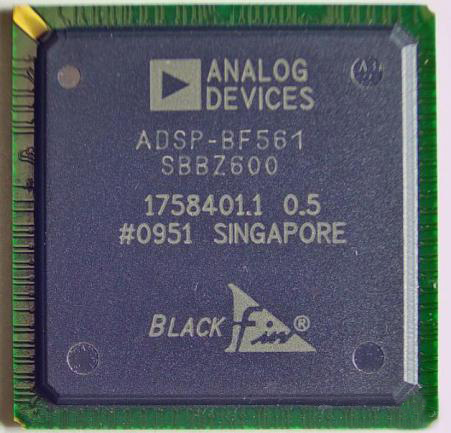
- CBGA: It's the ceramic squad, with a connection style using the FlipChip (FC) installation. Intel's Pentium I, II, and Pentium Pro CPUs used this packaging.
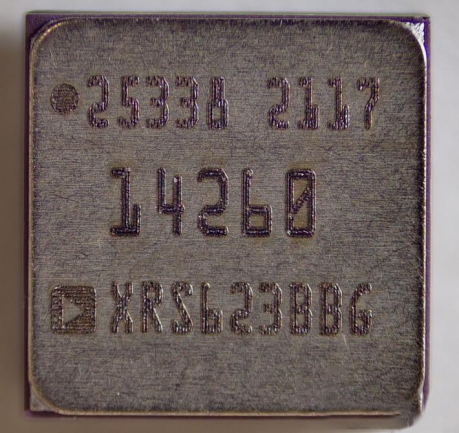
- FCBGA: These chips vibe with a hard multi-layer board.
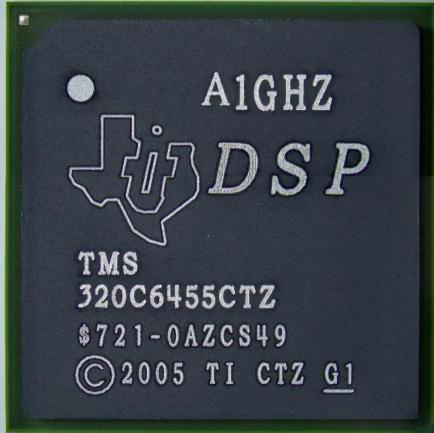
- TBGA: These are the soft, tape-like PCB circuit boards, keeping it simple and flexible.
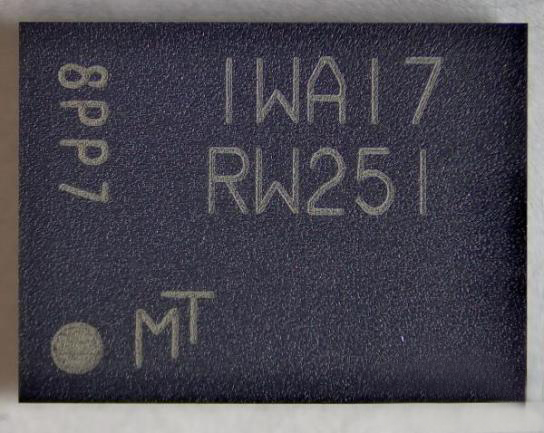
QFP - The Quad Flat Package
Now, the QFP crew is interesting. Imagine chips surrounded by pins all around. The deal with these chips is they have close pins, making soldering a bit trickier. But they're everywhere in the MCU scene. There are different types here too:
- PQFP: They're the regular ones with pins lined up around the edges, spaced 0.5mm or 0.8mm apart.
- TQFP: These are like the slim-fit version, used in space-limited applications.
- LQFP: Smaller pin spacing, around 0.4mm, for a higher pin density.
- LCC: Here, the chip is bare on top without packaging material.
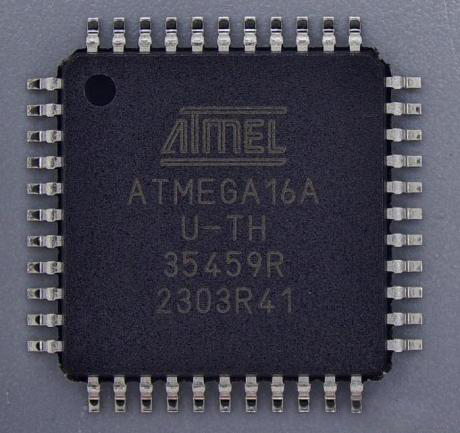
The Tale of Advantages and Disadvantages
Advantages
- High Pin Density: QFP packs a punch with a compact pin layout, great for high-pin electronics.
- Miniature Design: They're smaller, aiding gadgets to shrink in size and weight.
- Surface Mount Magic: Their surface mount style simplifies soldering and connection, making the process efficient.
- Cool Heat Performance: Good at handling heat, helping spread and dissipate it effectively.
- Reliability MVP: They ace the soldering game, providing stable electrical and mechanical connections.
Disadvantages
- Size Limitations: The small package might cramp the style for internal wiring and heat dispersion.
- Repair Hustle: Fixing or swapping these can be a challenge, demanding precision tools and skills.
- Design Complexity: High pin density and tiny size demand intricate design, making it a tough nut to crack.
- Cost Factor: Producing and assembling these packages can hit the wallet harder, especially for larger and high-pin setups.
